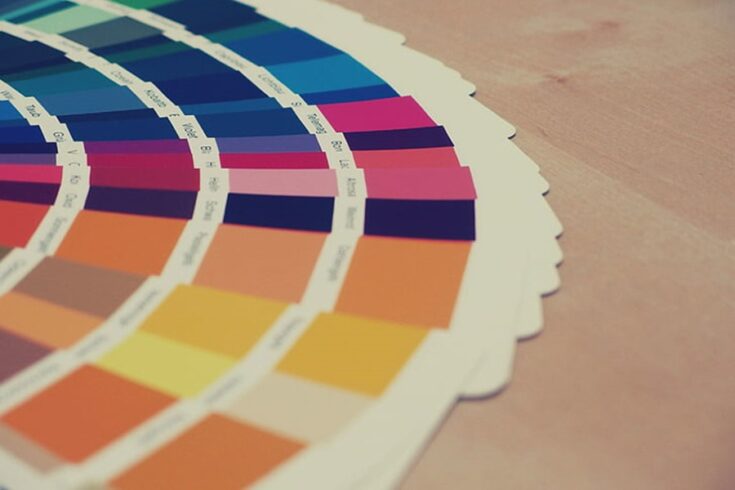The University of Leeds’s Future Fashion Factory explores how artificial intelligence (AI) and big data can be used to forecast and understand consumer preferences. This will make the design process more efficient, cost-effective and environmentally sustainable.
Future Fashion Factory is part of the Creative Industries Clusters Programme (CICP) comprising nine university-led research and development partnerships across the UK. The CICP is funded by the UKRI Challenge Fund and delivered by the Arts and Humanities Research Council (AHRC) on behalf of UKRI.
About the project
One of the flagship AI outputs from Future Fashion Factory is ColorPedia, a newly developed data-driven design tool which uses AI to generate colour palettes for use in fashion and textiles design. ColorPedia allows designers to create colour palettes based on any given keyword.
“In many cases colours are inextricably linked with concepts, phrases and words,” noted Dr Qianqian Pan of the ColorPedia project, while acknowledging that colour association can vary by culture.
“Red means passion, or love, or danger. Yellow is associated with happiness or hope. And the colour pink is synonymous with femininity. These emotive associations are important for the successful application of colour in product design, advertising and marketing.”
The newly developed technology is able to scrape data from websites and social media platforms and identify the colours being used alongside specific words. ColorPedia then uses machine learning algorithms to analyse the data and evaluate the associations between words and colours, enabling the algorithms to create colour palettes.
Example searches included keywords such as ‘happy’, ‘winter’, and ‘warm’, all of which generate individual tonal colour palettes. “This helps designers narrow down colour options, enabling them to make a more informed choice for their target audience,” he said.
Impacts of the project
Using ColorPedia speeds up the design process and reduces waste from design failure, overproduction and unsold stock. This results in less fashion waste, landfill overflow and garment incineration.
The ColorPedia design tool was expected to reach completion by early 2020.
The Data-Driven Design portfolio research includes AI and machine learning to develop the next generation of responsive chatbots for retail. There is also an ongoing focus on an emerging technology that uses AI to analyse garment patterns.
Find out more
Watch a talk on data-driven colour design at the Virtual AI Summit.
Read more about the Future Fashion Factory on their website.

